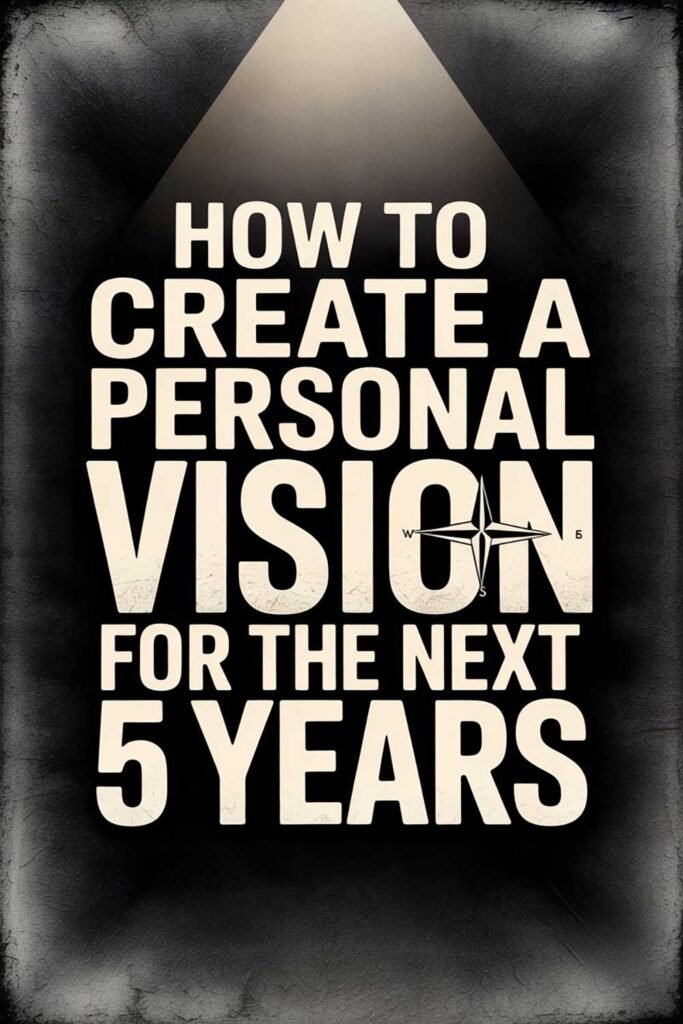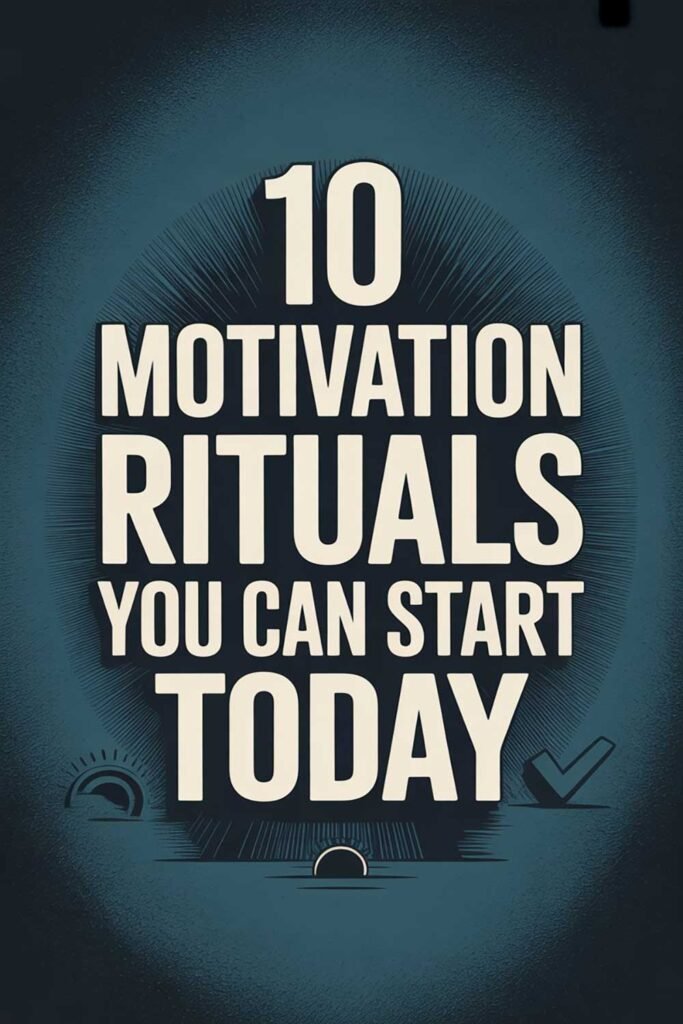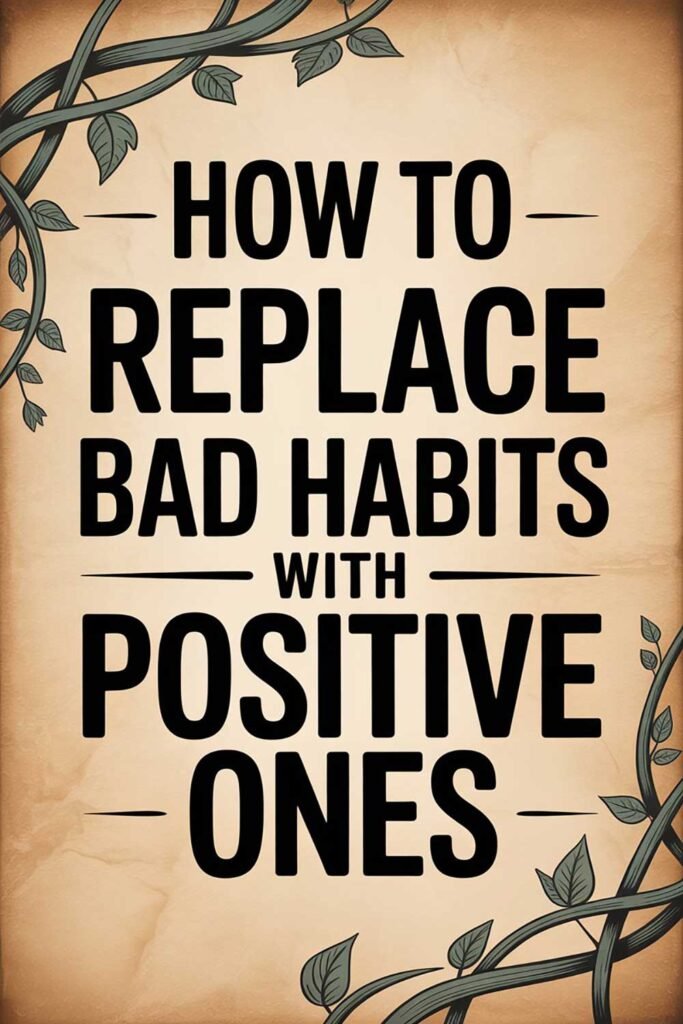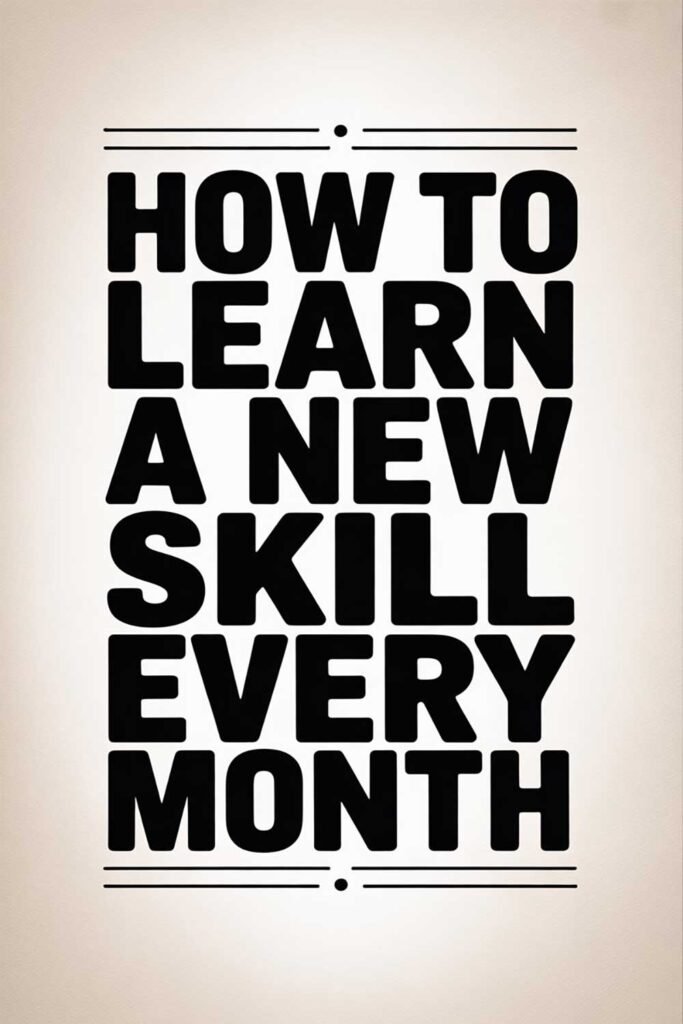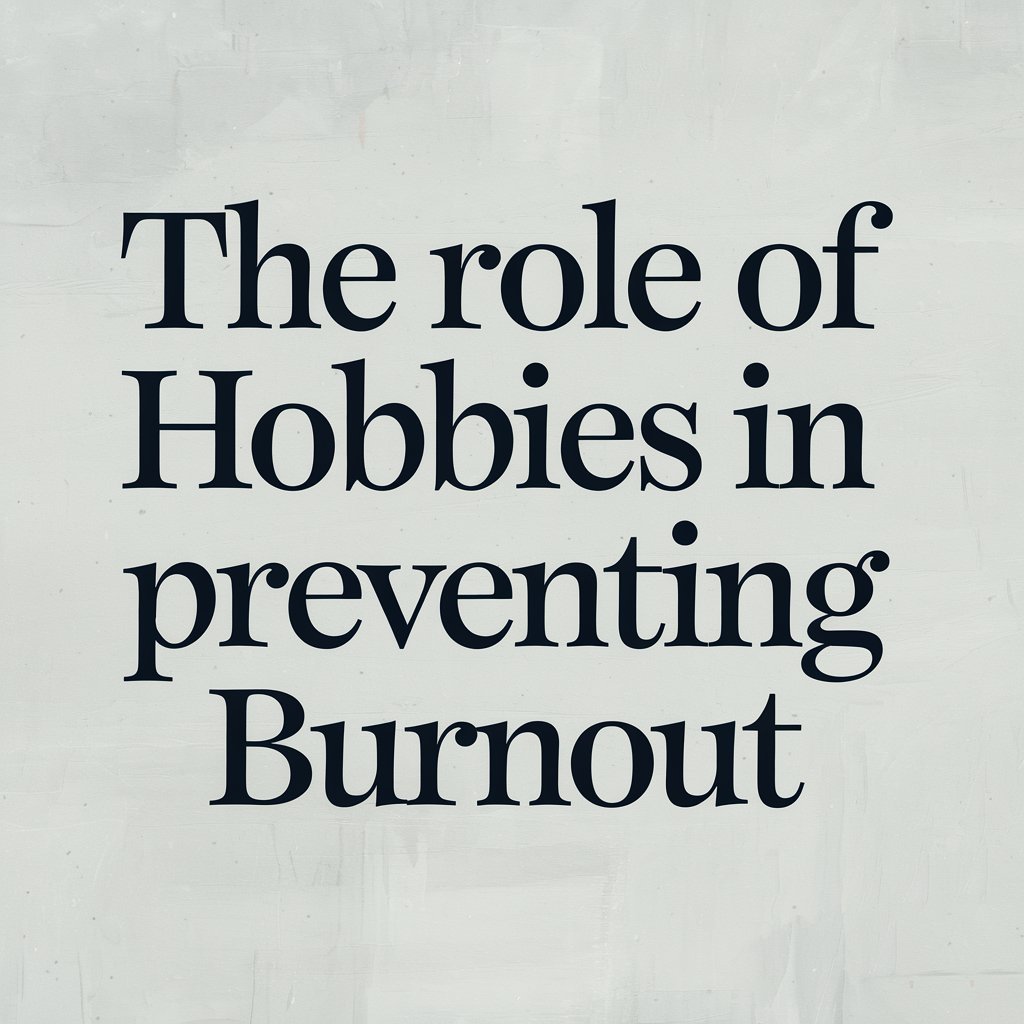
The Role of Hobbies in Preventing Burnout
Understanding Burnout and Its Impact
Burnout is more than just feeling tired—it’s a state of chronic stress that leads to emotional, physical, and mental exhaustion. It often stems from prolonged work pressure, lack of work-life balance, or emotional strain. Left unchecked, burnout can lead to anxiety, depression, and decreased overall well-being. One of the most effective ways to combat burnout is through hobbies, which provide a necessary escape and a chance to recharge.
Why Hobbies Are Essential for Mental Health
Hobbies are not just leisure activities; they play a crucial role in mental wellness by reducing stress, improving mood, and enhancing creativity. Engaging in hobbies helps shift focus from work-related stressors and allows the brain to relax and reset. Studies show that people who regularly engage in hobbies experience lower levels of stress and higher life satisfaction.
The Science Behind Hobbies and Stress Reduction
Engaging in enjoyable activities releases endorphins, the brain’s natural stress relievers. Hobbies also:
- Lower cortisol levels, reducing stress and anxiety.
- Promote a sense of accomplishment and self-worth.
- Improve cognitive function and prevent mental fatigue.
- Provide an outlet for creative expression, reducing emotional tension.
Types of Hobbies That Help Prevent Burnout
Not all hobbies offer the same benefits, but the best ones for burnout prevention include those that encourage relaxation, creativity, and physical movement. Some examples include:
1. Creative Hobbies
- Painting, drawing, or sculpting
- Writing, journaling, or poetry
- Playing a musical instrument
- Photography
2. Physical Activities
- Yoga or meditation
- Hiking and outdoor adventures
- Dancing or martial arts
- Gardening
3. Social and Interactive Hobbies
- Volunteering
- Joining a book club or discussion group
- Cooking classes
- Playing board games or puzzles
4. Mindfulness and Relaxation Hobbies
- Reading fiction or self-improvement books
- Listening to music or podcasts
- Practicing mindfulness and deep breathing exercises
- DIY crafts or home improvement projects
How to Incorporate Hobbies into a Busy Schedule
Many people believe they don’t have time for hobbies, but integrating them into daily life can be simple:
- Schedule hobby time: Treat it as an important appointment.
- Start small: Even 15–30 minutes a day can make a difference.
- Choose something enjoyable: It should feel like a break, not another task.
- Combine with other activities: Listen to audiobooks while commuting or practice yoga before bed.
The Long-Term Benefits of Pursuing Hobbies
Engaging in hobbies regularly leads to long-term benefits, including:
- Better stress management: Hobbies create a buffer against work-related stress.
- Increased happiness: Enjoyable activities trigger positive emotions.
- Enhanced productivity: A well-rested mind performs better.
- Stronger social connections: Many hobbies encourage interaction and community building.
Picture This
Imagine coming home from a long day at work, feeling drained and overwhelmed. Instead of turning to mindless scrolling or stressing about unfinished tasks, you sit down with your favorite hobby—perhaps painting, playing an instrument, or simply reading a book. As you engage, you feel the tension melt away. Your mind clears, and a sense of relaxation takes over. The stress of the day no longer dominates your thoughts. Instead, you feel refreshed, ready to tackle tomorrow with renewed energy. This is the power of hobbies in preventing burnout.
Share This with Someone Who Needs It
If you found this guide helpful, share it with someone who might be struggling with burnout. Encourage them to find a hobby that brings joy and relaxation into their life.

